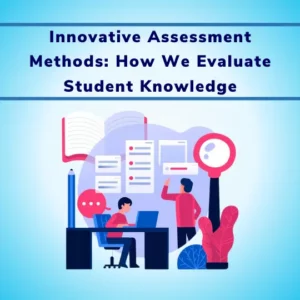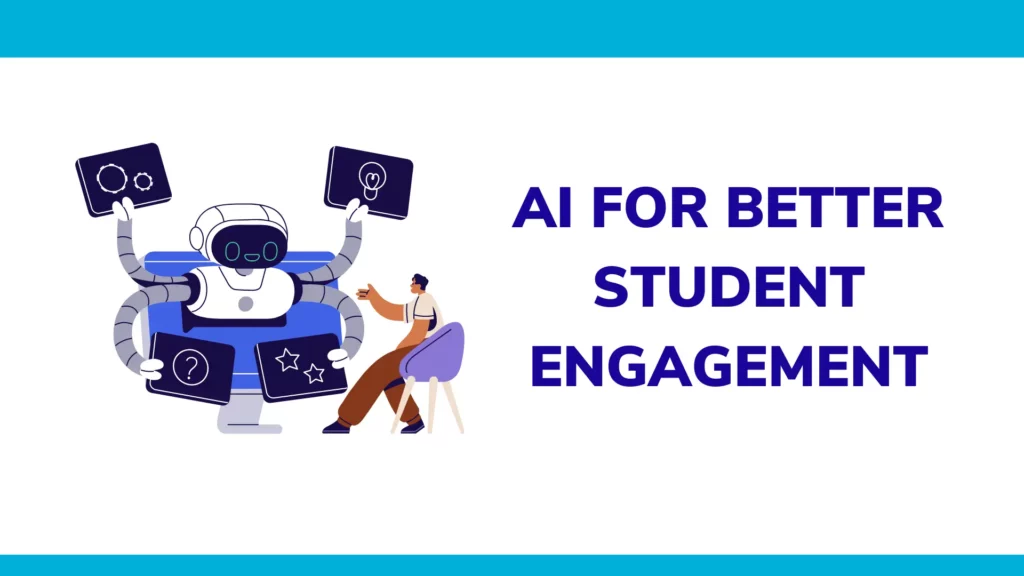
Article Contents
Introduction
It is a well-known and widely accepted fact that students can grasp more and learn more efficiently when they are engaged in non-conventional ways, interactive learning is one of the most followed ways for engaging students. Nowadays, interactive learning is not limited to classes, AI chatbots have come up as a great way to engage students and promote interactive learning.
By incorporating AI technology, educators can personalize the learning experience for each of the students, tailoring it to their unique needs, abilities and interests. This not only helps in keeping students engaged and motivated but also enables them to progress at their own pace and achieve better learning outcomes.
AI has the potential to revolutionize education and improve the learning outcomes for students.
Here are 4 ways teachers can adopt AI for better student engagement–
1) Encourage interactive learning using AI technologies like Chatbots
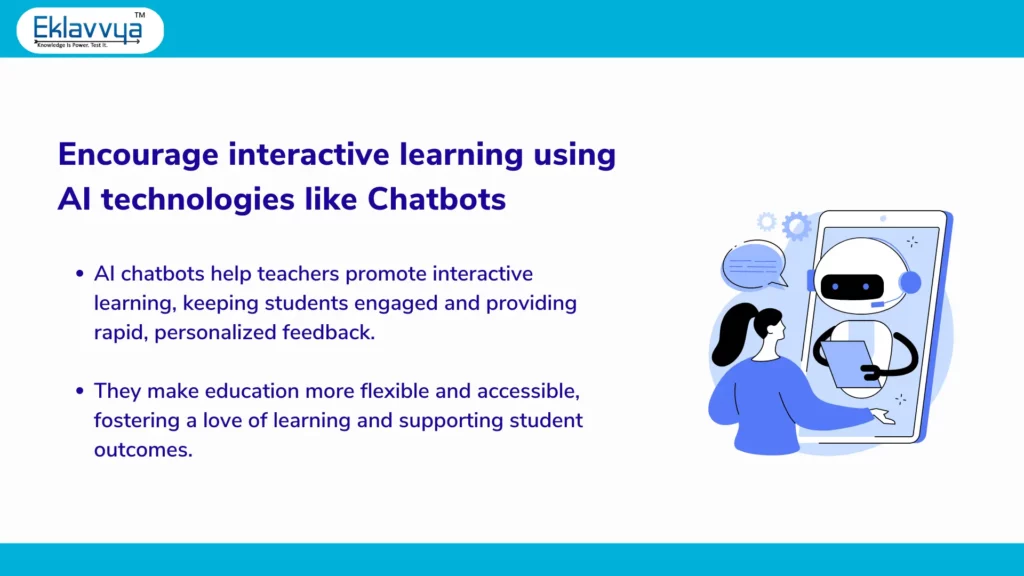
AI chatbots turn out to be a great tool for teachers to promote interactive learning, which is essential for students to stay involved and motivated in their studies.
For students, AI chatbots can offer a fun and engaging learning environment that will keep them interested in the subject matter. For instance, chatbots can quiz students, ask questions, and provide them with individualized feedback, enhancing the learning experience.
Students can learn at their own pace with the aid of AI chatbots. It can give students rapid feedback and encouragement, which can help them get over obstacles and advance in their studies. Additionally, chatbots can give pupils tailored learning opportunities, which can bolster their self-esteem and motivation to keep studying.
One of the best things about AI chatbots is that they can be accessed at any time, making it possible for students to learn outside of the traditional classroom setting anytime they have spare time.
This can make education more flexible and accessible while also assisting students in staying on task with their learning, even when they are not in the classroom.
Teachers can stimulate interactive learning in their pupils by using AI chatbots. They may make learning enjoyable and interesting, encourage students to learn at their own pace, and assist teachers in gauging the development of their charges. Teachers can better support their student’s learning outcomes and foster a lifelong love of learning by implementing AI chatbots in the classroom.
2) Ask students to identify mistakes in AI-generated answers to syllabus-related questions
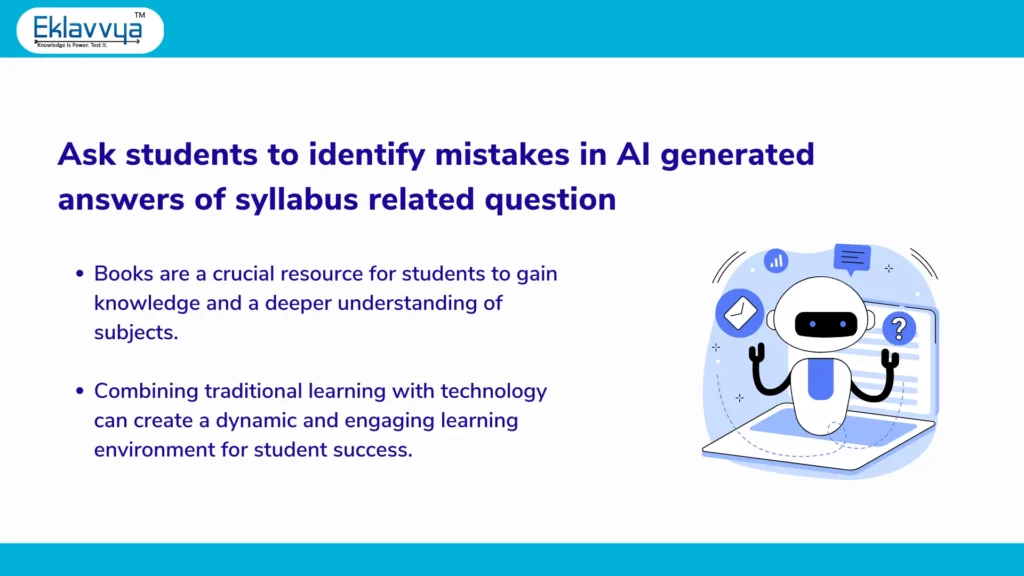
Books have been a cornerstone of education for centuries, and they will continue to be an essential resource for students. Teachers should encourage students to read books and use them as a starting point for their learning journey.
Books can provide a wealth of information and knowledge that is not readily available through other sources, and they can help students gain a deeper understanding of the subject matter.
Apart from gaining knowledge from books, It is also important for students to have access to up-to-date information and technology, and AI-generated content can be a valuable supplement to the traditional curriculum. Teachers can encourage students to compare and contrast the information they find in books with the information generated by AI technologies.
By doing so, students can develop critical thinking skills and learn to evaluate the accuracy and reliability of different sources of information.
One effective way to use AI-generated content in the classroom is by having students try to identify mistakes or inaccuracies in AI-generated answers to syllabus-related questions. This can be a fun and engaging activity that helps students develop their problem-solving and analytical skills. Furthermore, it can also help students understand how AI technologies work and the limitations of AI-generated information.
By encouraging students to read books and moderate AI-generated content, teachers can help students develop a well-rounded understanding of the subjects they are studying. They can also help students develop critical thinking skills, evaluate different sources of information, and express their own perspectives and opinions.
By combining traditional methods of learning with cutting-edge technology, teachers can create a dynamic and engaging learning environment that will help students succeed both in and out of the classroom.
3) Ask students to suggest alternative approaches to solving problems than AI responses
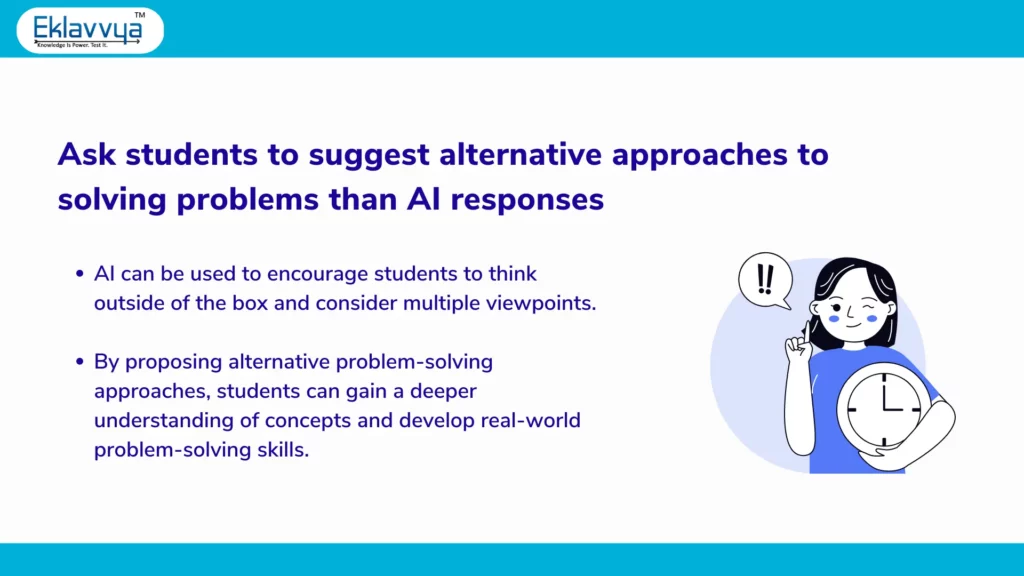
It is a fact that there are always multiple points of view and approaches to solving problems. One of the ways we can actually utilize AI for learning is to ask students to propose an alternative way for solving the problem.
This can help students develop their own unique voice and perspective on the scenario, and it can also help them understand the value of considering multiple viewpoints. Furthermore, by asking students to suggest alternative approaches, teachers can help students learn to think outside of the box and develop a growth mindset.
Further, it can help students see how different approaches to problem-solving can lead to different outcomes. For example, students can see how a different approach to solving a mathematical problem can lead to a different answer. This can help students understand the importance of considering different approaches and how they can affect the outcome.
By asking students to suggest alternative approaches to problems, teachers can help students develop their own understanding of the subject matter. By engaging in this activity, students can gain a deeper understanding of the concepts and theories they are learning about, and they can also develop their own skills in applying these concepts to real-world problems.
4) Engage students in validating the AI-generated information for syllabus-related content
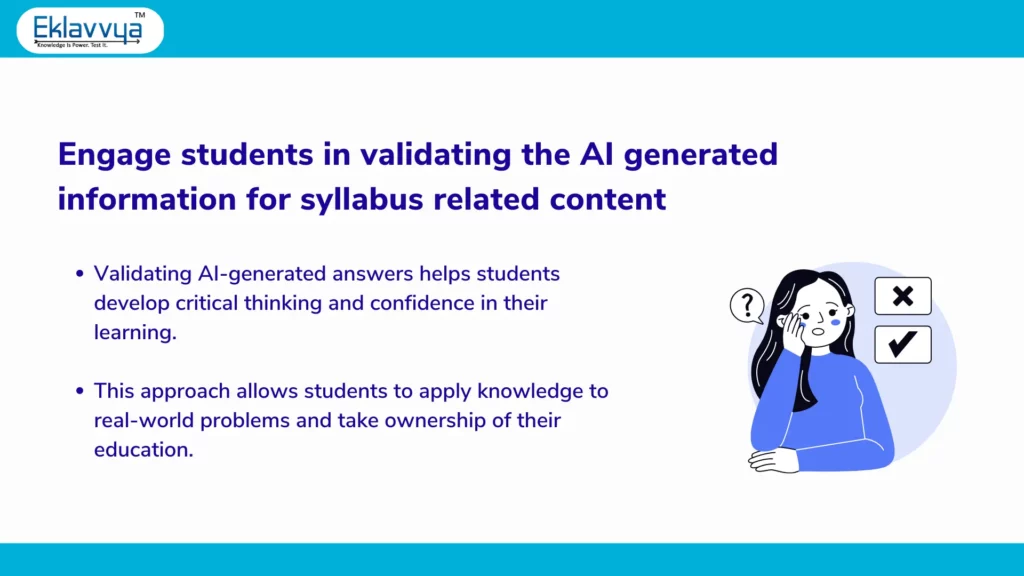
Asking students to recheck and validate the answers provided by AI for syllabus-related questions is another effective way for teachers to increase student engagement. This approach can help students develop their critical thinking skills and evaluate the accuracy and reliability of different sources of information.
By rechecking and validating the answers provided by AI, students can gain a deeper understanding of the subject matter and learn to apply the concepts they are studying to real-world problems.
This approach can also help students develop their own confidence and independence in their learning. By being actively involved in checking and validating the answers provided by AI, students can gain a sense of ownership over their learning and feel more confident in their ability to understand and apply the concepts they are studying.
Conclusion
AI is surely the future of learning, and increasing student engagement is one of the key aspects with which AI can help educators. There are many ways for teachers to adopt AI for better student engagement. Some of these include:
- Encouraging students to interact with AI chatbots for interactive learning.
- Asking students to compare and contrast information found in books with AI-generated content.
- Having students identify mistakes in AI-generated answers to syllabus-related questions.
- Asking students to suggest alternative approaches to problems presented by AI.
By incorporating these approaches into their teaching strategies, teachers can create a dynamic and engaging learning environment that will help students succeed both in and out of the classroom and improve learning outcomes.


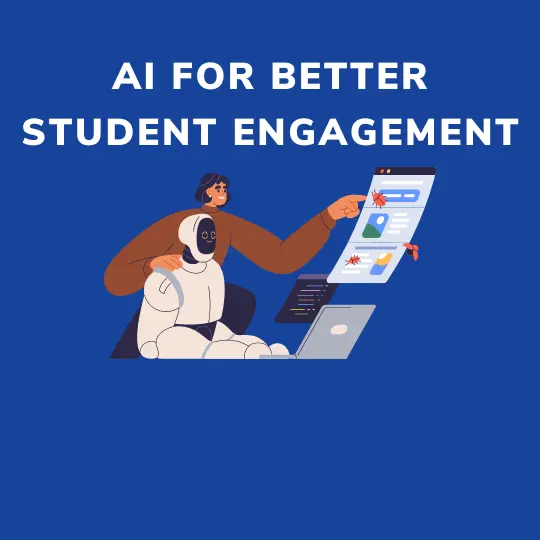
![How Government-Led Exams at 250+ Locations Are Setting New Standards of Integrity [Case Study]](https://www.eklavvya.com/blog/wp-content/uploads/2024/04/Enhancing-Exam-Integrity-Government-Certification-in-250-Locations-150x150.webp)
![Transforming Central Govt. Exams Evaluation: How Onscreen Marking is Leading the Charge [Case Study]](https://www.eklavvya.com/blog/wp-content/uploads/2024/04/How-Onscreen-Marking-Revolutionized-Central-Govt-Exams-Case-Study-1-150x150.webp)
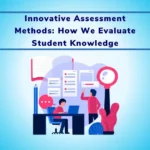

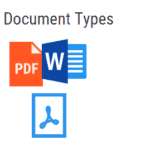

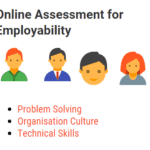










![How Onscreen Marking Revolutionized Central Govt Exams [Case Study]](https://www.eklavvya.com/blog/wp-content/uploads/2024/04/How-Onscreen-Marking-Revolutionized-Central-Govt-Exams-Case-Study-1-300x300.webp)
